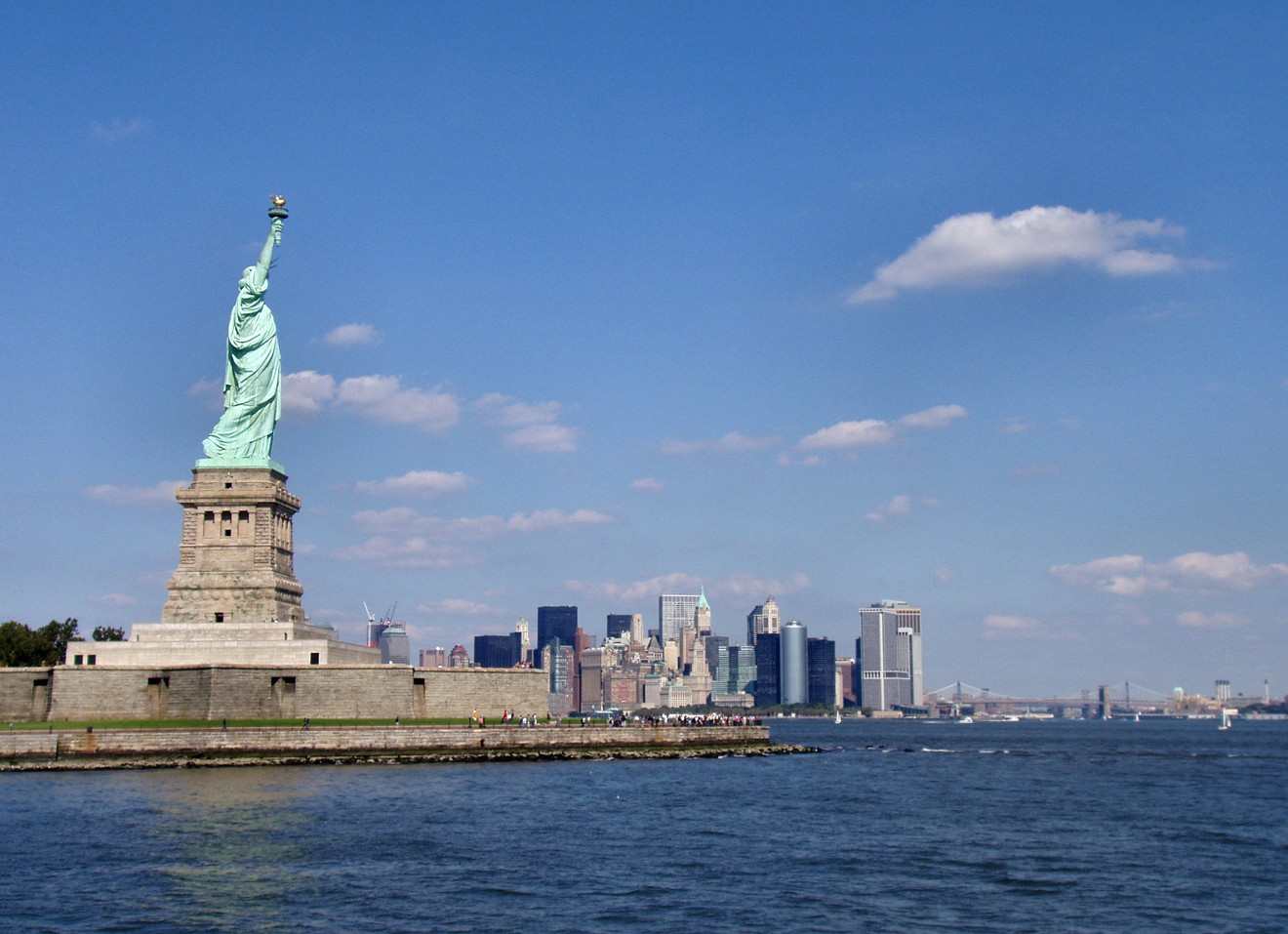Each year, the president decides how many refugees the country will allow in. This year, it's just 18,000 for the 2020 fiscal year, 12,000 fewer than in 2019. According to the Pew Research Center, the Trump administration has significantly reduced the maximum number of refugees allowed into the United States each year in office. His first year in office, Trump capped the refugee limit at 53,000, more than 30,000 fewer than Barack Obama allowed the year before.
“It's such a fundamental betrayal of what's best about our country,” said Bill Holston, executive director of Human Rights Initiative.
He believes that the best times in this country's history have been when it has accepted large numbers of immigrants, and the worst were when it did not. Here in Dallas, many residents, Holston included, take pride in the cultural and economic contributions immigrants and refugees have brought to Dallas, he said.
“Part of our identity as a country is that we've been a refuge for persecuted people … since the 18th century,” Holston said. “It's hard to imagine our city without the impact of refugees.”
In 1980 the United States instituted the Refugee Act, which raised the number of refugees allowed into the country each year and created a system for adjusting yearly limits to accommodate emergency situations. Since then, the country has become home to dozens of thousands of refugees each year.
Refugees who decide to leave their home countries and resettle in the United States have often been displaced several times already and gone through a series of vetting procedures by the United Nations before coming to the country, said Mark Hagar, Dallas area director of the Refugee Services of Texas.
“And the reason that they've finally decided to leave ... is because they don't believe they can be protected in their home countries anymore,” Hagar said. “Just to paint a picture of the desperation that a refugee has to find themselves in to make them that decision.”
The Dallas branch of the Refugee Services of Texas is one of several local organizations that help refugees resettle in the United States. It offers resettlement help, legal services, and language and cultural help for refugees for up to five years after they arrive in the country. Last year it assisted 274 refugees, Hagar said.
Even if the maximum number of refugees are admitted, next year's cap will be the lowest number of refugees admitted since the Refugee Act passed. Last year, although refugee admissions were capped at 30,000, only 22,000 were let in, according to Pew.“Part of our identity as a country is that we've been a refuge for persecuted people … since the 18th century. It's hard to imagine our city without the impact of refugees." — Bill Holston
tweet this
Hagar encourages people who want to help local refugee organizations to support the GRACE Act, a bill that is currently in Congress. It would raise the ceiling for refugees admitted to the country to 95,000 annually. That is the average number of refugees the country has admitted since 1980 and what it is able to sustain, he said.
The United States is one of the few places where refugees can resettle permanently. It's important to safeguard that option, Hagar said.
“We want to be one of those outlets that is a source of sanctuary,” he said.
Texas, California and Washington together resettled one-quarter of all refugees admitted to the United States in 2019. But area organizations that support refugees depend on funding tied to how many refugees they resettle each year. If the numbers go down, so too will their funding. Even if refugee cap numbers go back up, those organizations may be unprepared to help the surge of people.
In 2016, when Gov. Greg Abbott withdrew Texas from the nation's refugee resettlement program, Dallas area refugee organizations went through a round of staff cuts and layoffs, Holston said.
Holston sees this newest cap as one more step in the current administration's long series of attempts to deter immigrants, refugees and asylum seekers from coming to the United States.
“It's a systematic effort by the government to eliminate any way for people … to come to this country,” he said.












